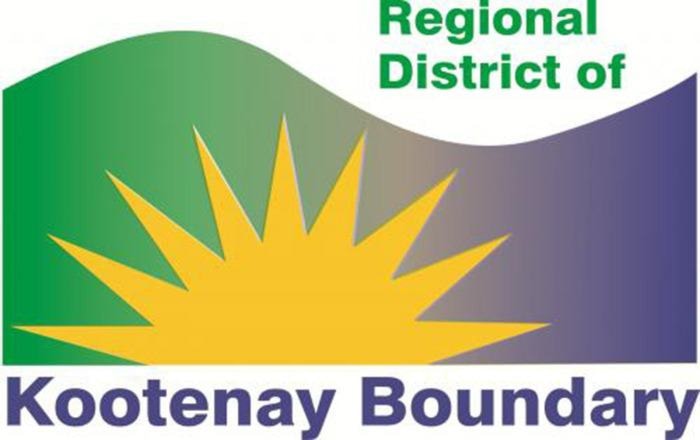It’s hard to imagine being in a emergency situation and not being able to talk it through with a 9-1-1 operator.
That scenario changed last week for certain hearing and speech impaired people across the province. They can now communicate via a specialized text service with the 9-1-1 emergency dispatch centre. Call information will be relayed to local dispatch in nine B.C. central and interior regional districts, including the Regional District of Kootenay Boundary (RDKB).
“It’s a major upgrade on the dispatch end to be able to provide this type of service,” says Dan Derby, RDKB deputy regional fire chief/emergency program coordinator. “It’s through our partnership with E-Comm that we’ve been able to do it.”
The service is called Text with 9-1-1 (T9-1-1) and is delivered by E-Comm, the emergency communications centre responsible for answering 9-1-1 calls in the central and southern interiors, in partnership with local emergency service agencies. Besides the Kootenay-Boundary, the service is available throughout the Central Okanagan, North Okanagan, Central Kootenay, Columbia-Shuswap, Okanagan-Similkameen, Thompson-Nicola, East Kootenay, and Squamish-Lillooet regional districts.
T9-1-1 allows any DHHSI (Deaf/Deaf-Blind, Hard-of-Hearing or Speech Impaired) person who has pre-registered their cellphone with their wireless carrier to communicate with police, fire and ambulance call-takers via text during an emergency.
Callers must first place a voice call to 9-1-1 in order to establish a voice network connection and initiate the special messaging technology.
“The Lower Mainland has had this service for a couple of years, and the amount of calls they have received is approximately 30 out of hundreds of thousands of calls,” Derby explained. “So the chances of someone using it are limited, but should someone fit the criteria they can register to use it,” he added. “It’s a setting on the phone … they will be typing into their phone and the dispatcher will be texting them back, it’s a two-way typed conversation with an emergency operator.”
When E-Comm receives a 9-1-1 call from a DHHSI person pre-registered for the service, an alert will trigger at the 9-1-1 centre to indicate there is a DHHSI caller on the line. The 9-1-1 operator will then launch the special messaging system, allowing them to communicate with the caller through a special text session.
“Being able to communicate with 9-1-1 using this technology allows for greater access to important 9-1-1 lifelines in the event of an emergency,” said David Guscott, E-Comm president and CEO in a Wednesday news release. “E-Comm is proud to be able to offer this enhanced level of service to our partners in the central and southern interior of B.C.”
The service is only available to the DHHSI community. Voice calling remains the only way to communicate with 9-1-1 services for a person who is not Deaf/Deaf-Blind, Hard-of-Hearing or Speech Impaired. Text messages sent directly to the digits “9-1-1” do not reach emergency services anywhere in Canada. Text with 9-1-1 for the public-at-large is anticipated in the future as the nationwide 9-1-1 infrastructure evolves.
